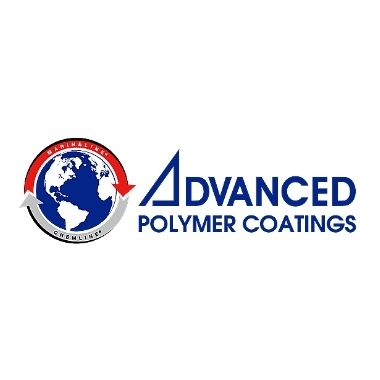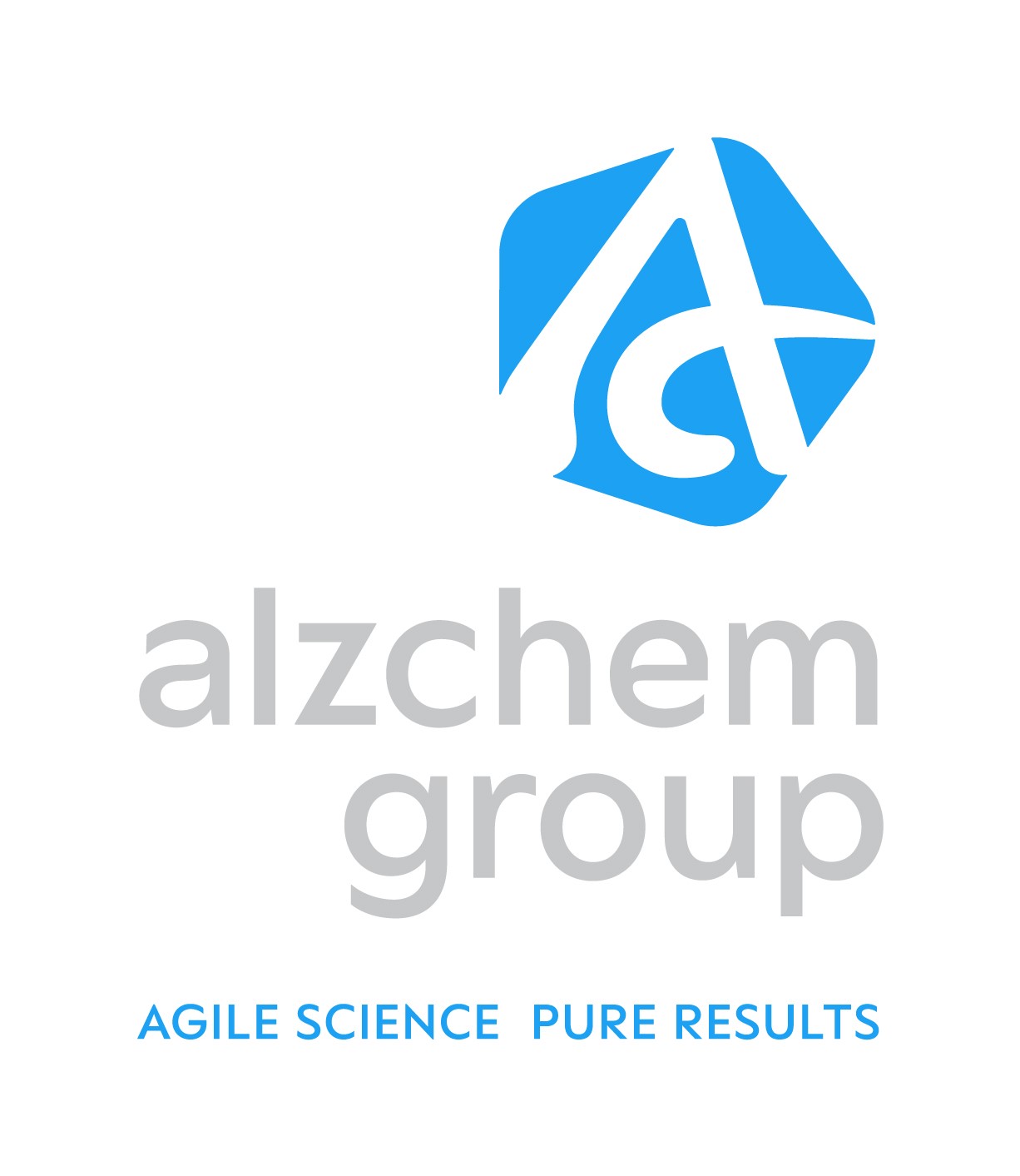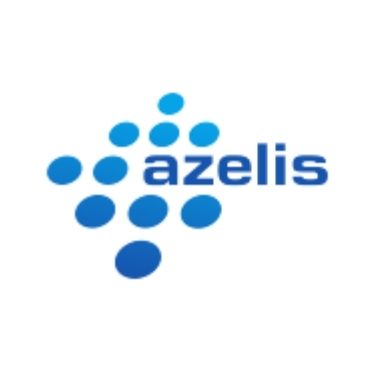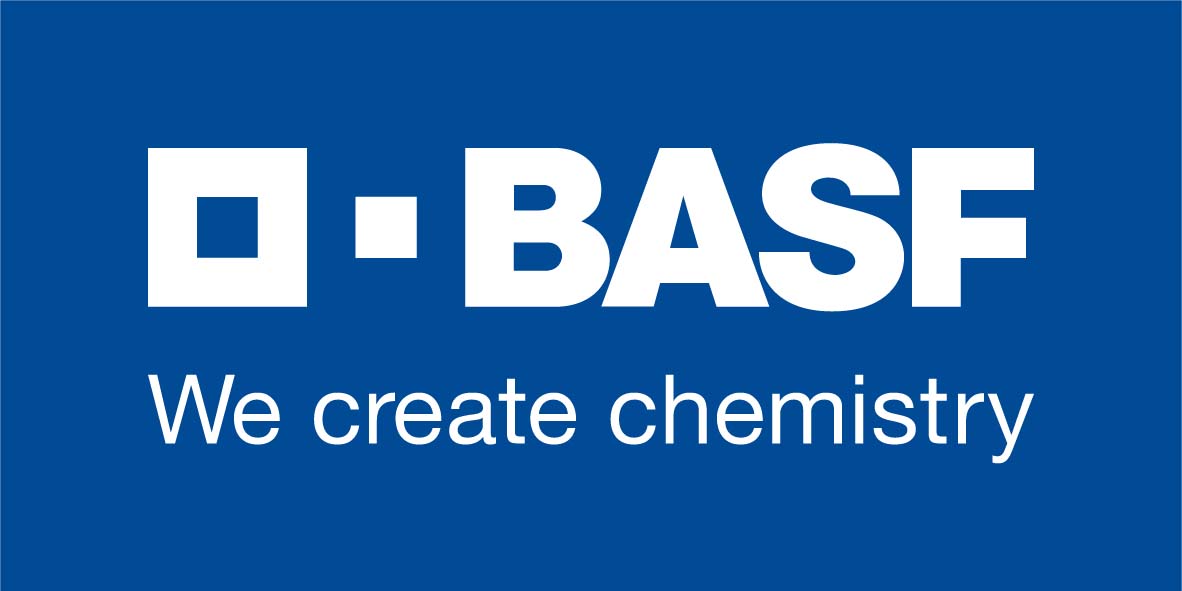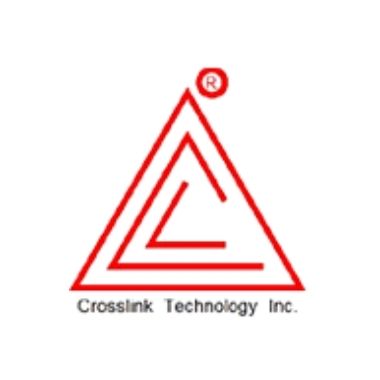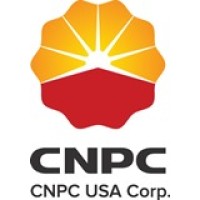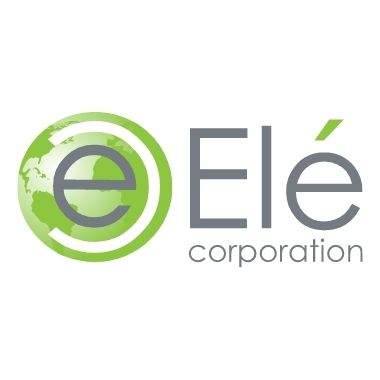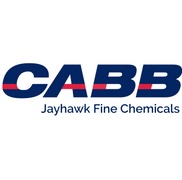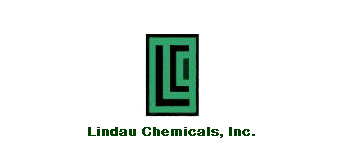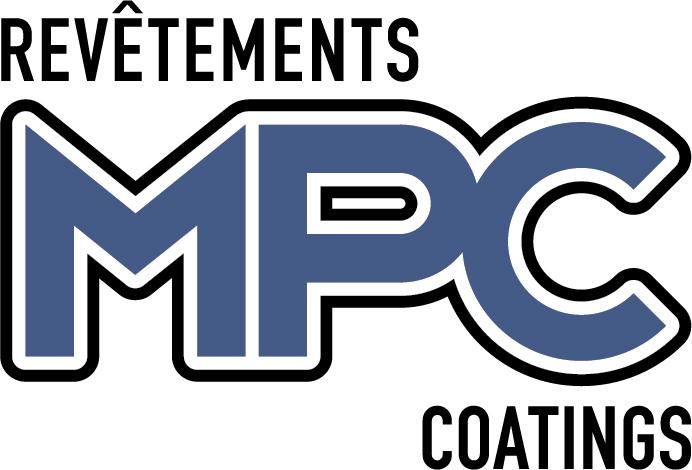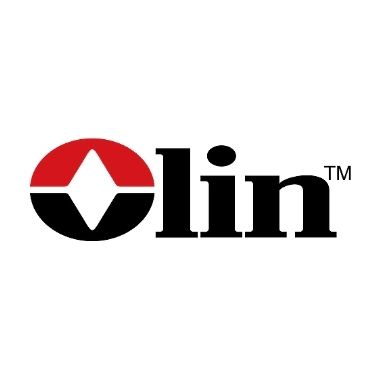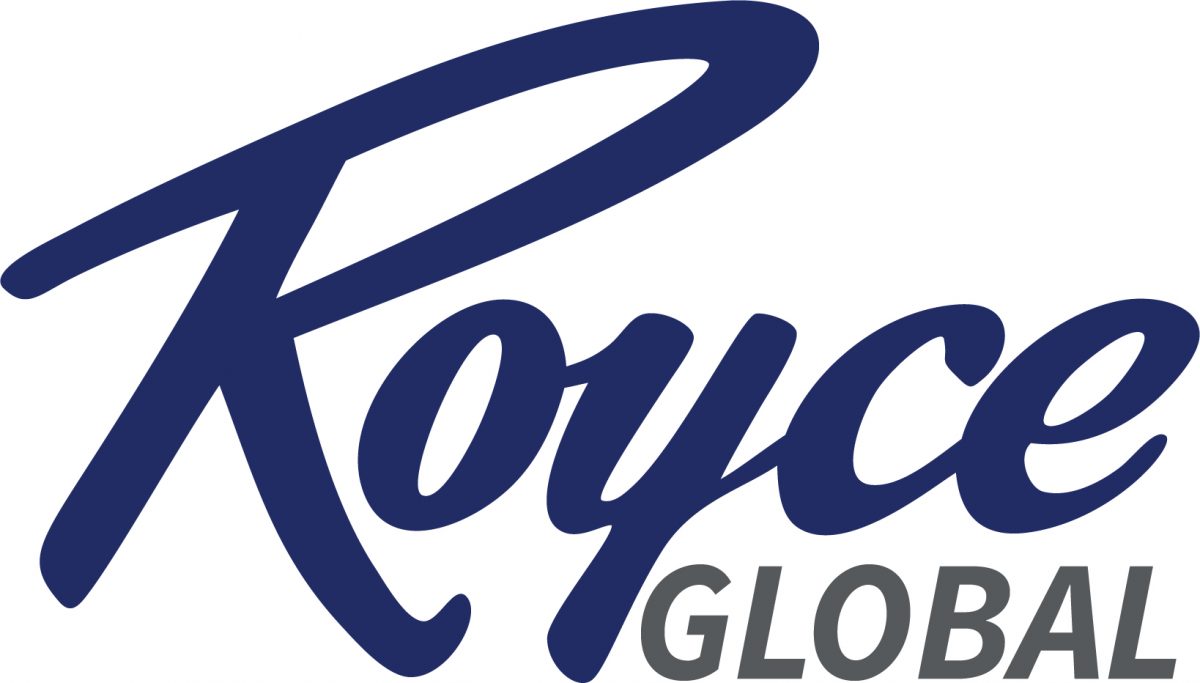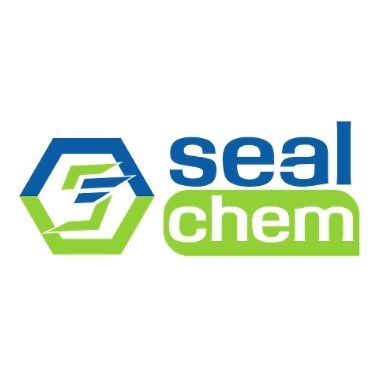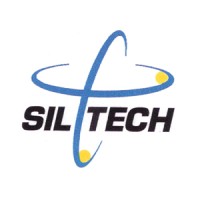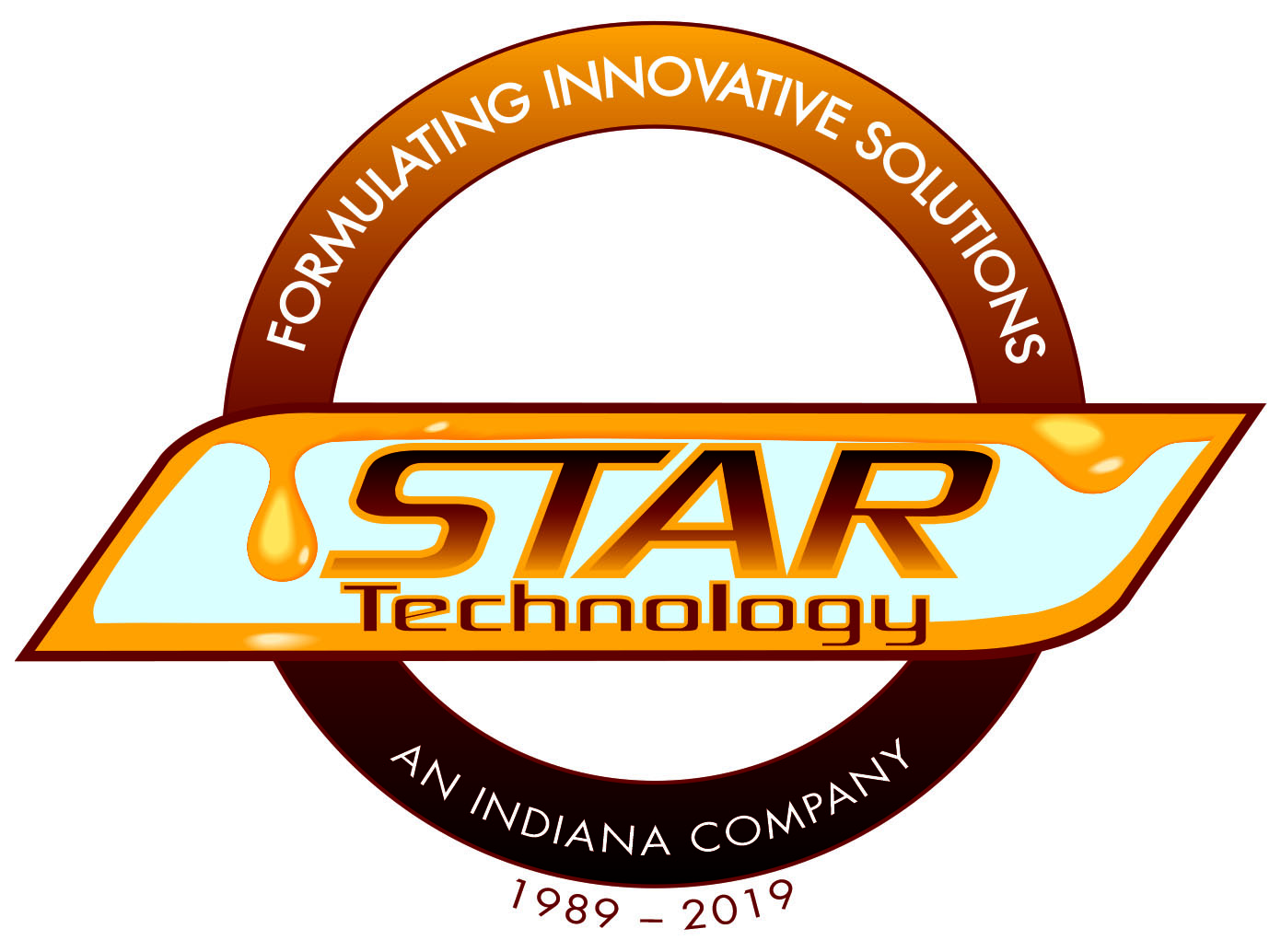2015 Annual Meeting Technical Papers
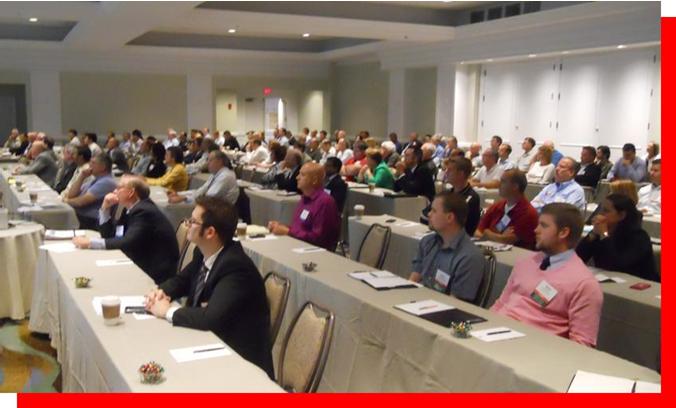 Technical Paper presentations are essential to achieving one of the association's key objectives, which is to be "the premier forum to interact and exchange knowledge among formulators and suppliers." The 2015 Meeting schedule will include presentations from each of TRFA's Market Focused Committees. Technical Paper presentations are essential to achieving one of the association's key objectives, which is to be "the premier forum to interact and exchange knowledge among formulators and suppliers." The 2015 Meeting schedule will include presentations from each of TRFA's Market Focused Committees.
Note: Technical papers are listed in alphabetical order by company
Fundamentals of Formulating Addition Cure Silicone Adhesives, Sealants, and Coating
Hans Haas, AB Specialty Silicones
(Potting, Encapsulation, and Electrical Committee)
Silicones have proven their value in nearly every industry from personal care to surfactants to adhesives/sealants/coatings. There innate high-temperature stability, low and high-temperature properties, unique low surface tension, and flexibility, making them ideal for many applications. This paper covers the basics of silicone technology lingo, the reactions use in addition to curing chemistry, the most commonly used materials in conjunction with this technology. This will include the various vinyl functional and hydride functional materials commonly used, what their function is and how they can be combined with fumed silica and bulk fillers to control the cured properties of the finished formulation. Some comparative formula vs properties data will be presented to illustrate the most kind of property changes that can be achieved, both wet properties and cured properties.
Novel Liquid Latent Accelerator for Anhydride Curing Agents
Pritesh Patel, Air Products
(Adhesives and Sealants Committee)
Epoxy systems are known as engineering thermosets polymers due to their ability to tailor their required performance by the choice of curing agent. This makes them valuable for use in a variety of structural applications. Unlike amine curing agents, anhydrides require an accelerator to initiate the epoxy anhydride reaction. The current liquid accelerators (e.g.Benzyldimethylamine,2,4,6-Tri (dimethylaminomethyl) phenol, and Imidazole) used in industry have limitations in terms of not proving adequate working time. This paper outlines the development of anhydride accelerators that solve the problems inherent with the incumbent materials. This was accomplished by exploring amines with lower reactivity towards anhydrides which are latent at ambient conditions and react rapidly on heating. The results of studies with these materials suggest that they provide longer working times at elevated temperatures. This reduction of the exotherm and consequently processing temperature is important for alleviating the internal stresses that build during the cross-linking process and is especially vital for components which are relatively thick. Moreover, the new accelerators provide a good balance of working time and retention of overall thermal and mechanical properties at higher concentrations compared to the incumbents. This paper will cover an in-depth comparison of new and incumbent accelerators with different anhydride curing agents.
Cashew nutshell liquid-based epoxy curing agents and polyols: their outstanding performances and benefits for adhesives and sealants
YunMi Kim, Cardolite
(Adhesives and Sealants Committee)
Cardolite introduces newly developed epoxy curing agents and Polyols based on Cashew Nutshell Liquid (CNSL) technology for adhesives and sealants applications.
Phenalkamine and phenalkamide curing agents are best suited for structural epoxy adhesives that require not only high performance such as fast strength development at low temperature, excellent mechanical strength, high Tg, durability, and surface tolerance, but also label-friendly products free of phenols and solvents.
Polyols derived from CNSL have unique characteristics compared to widely known polyester and polyether polyols, and other natural-based polyols. Hydrophobicity is one key advantage provided by the long aliphatic side chain present in CNSL. This hydrophobicity reduces moisture sensitivity during cure with isocyanate and results in outstanding water resistance for increased durability of the final polyurethane. Different from other renewable polyols obtained from soy and castor oil, CNSL based polyols have an aromatic structure that translates into excellent chemical and thermal resistance. Moreover, the combination of aromaticity and long aliphatic chain from the polyols delivers hydrolytic stability and balanced mechanical properties to polyurethane adhesives and sealants.
Optimizing Epoxy Toughness with Greater Formulation Latitude Using Reactive Liquid Polymers
Jeremy Pasatta, CVC Thermoset Specialties
(Adhesives and Sealants Committee)
Reactive liquid polymers—principally carboxyl terminated polybutadiene (CTB) and carboxyl terminated polybutadiene acrylonitrile (CTBN) copolymers—have been successfully used for decades to toughen thermoset resins. For optimum results in epoxies, the carboxyl terminated polymers are first reacted with an epoxy resin to form the epoxy-CTBN adduct and then incorporated into the formulation. The disadvantage is that the reaction is done in a large excess of epoxy, which the formulator must incorporate and design around. The traditional epoxy-CTBN adduct also contributes to a viscosity increase in the final formulation. Recent developments in reactive liquid polymers directly produce epoxy terminated polybutadiene acrylonitrile (ETBN) copolymers, which are 100% rubber with no free epoxy while also minimizing the impact on viscosity. This presents an opportunity for the formulator to achieve significant toughening of thermosets with more formulation latitude. New data also demonstrates how to optimize the level of reactive liquid polymer to maximize toughness and minimize effects on the bulk matrix, such as Tg decrease.
Laboratory Evaluation of Anhydride-Epoxy Formulations for Pultrusion
Mike Watkins, Dixie Chemical Company, Inc.
(Composites and Tooling Committee)
In the Keynote Address for the 2014 TRFA Meeting, Dr. Terry McQuarrie called for raw material suppliers to provide better evaluation and formulation development for systems designed to be used in pultrusion. He saw too many systems fail in the first run. The problem is that pultrusion involves very fast cures which are difficult to simulate outside the pultrusion line where they occur. Different pultrusion lines with nominally similar conditions can give different results, caused by differences in heat flow. Results can change as the cross-section of the pultruded part changes. So formulating a system that will work flawlessly on a pultrusion line the first time it is run is quite difficult. This paper discusses techniques that Dixie Chemical has developed to formulate systems for this demanding application. These techniques offer a means to better understand the formulations to be evaluated. This allows the formulator to better design systems with required properties and gives valuable information about how to modify the system quickly if it does not initially give exactly the desired performance on a particular pultrusion line.
Advanced Tougheners for Thermoset Systems
William Heaner, Dow Chemical Company
(Composites and Tooling Committee)
The Dow Chemical Company has developed miscible toughening agents that provide exceptional toughness, durability, and high elongation to epoxy coatings and adhesives. Properly formulated, these reactive tougheners allow for easy processing and enable the development of coatings and adhesives with improved mechanical properties and low-temperature flexibility. Cure profile, thermo-mechanical, structural, impact, and adhesion properties will be presented to demonstrate the effects of these new tougheners on epoxy-based systems. In addition, case studies for industrial applications will be highlighted.
The Use of Alkyl Borane and Amido-Borate Initiators in Acrylic Adhesives for Bonding Low Energy Substrates
G.L. Jialanella, Dow Chemical Company
(Adhesives and Sealants Committee)
Boron chemistry has been utilized extensively in organic synthesis since Frankland’s work in the late 1800s. The primary application is the pharmaceutical industry, but organoboranes/borates find applications in adhesives, polymers, electronics, fragrances, flavors, and pyrotechnics. Boron alkyls were found to initiate normal vinyl polymerization by Furukawa et al. and Welch and others were the first to discover the role of oxygen in the initiation process. Zharov et al. discovered the use of an initiating system for a two-part acrylic adhesive composition comprising an organoborane-amine complex in one part and an acid complex in the second part. More importantly, they described the use of such compositions for bonding low energy substrates. Following Zharov’s initial finding, a variety of organoborane/borate systems for bonding low energy substrates were reported.
This work describes the development of novel borane and borate initiators for acrylic adhesives used to bond low surface energy substrates. The focus of this development was examining the initiation and shelf life of the acrylic adhesive system as a function of the molecular architecture of the organoboron curative. The two key molecular features which significantly impact initiation and stability are 1. the chain length of the alkyl groups on the boron atom and 2. arrangement of the imidazoline bridged borate structure for the borate catalysts and the ring structure formed by the amine blocking group for the borane catalysts. The results show that excellent shelf-life stability and reactivity (initiation of vinyl polymerization) can be attained with both trialkyl borane and tetralkyl borate type initiators. Also, excellent adhesion to low surface energy substrates without the use of primers is attained when these catalysts are used in acrylic adhesives.
Ductile Thermosets and their Application in Composite Area
Krishnan Karunakaran, Dow Chemical Company
(Composites and Tooling Committee)
Epoxy thermosets that have high elongation (> 10 %) are used in application areas where better impact resistance, flexibility, etc are required. Often, such thermosets have low modulus and tensile strength, thus limiting the end use. In this presentation, we describe novel thermosetting formulations that provide high elongation while maintaining high modulus and tensile strength. The potential use of these compositions in the composite area will also be presented.
Waterborne Epoxies and Curing Agents for Heavy Duty Protective Coatings Applications
Yong Zhang, Dow Chemical Company
(Coatings, Civil Engineering, and Flooring Committee)
Coatings designed for heavy-duty applications in the maintenance and protective coatings market are exposed to aggressive environments such as aggressive chemical solvents, marine atmospheres, UV light, abrasion, among others. In the US as well as other areas of the world, coatings designed for these applications have been primarily solvent-borne. There is a strong desire among all of the stakeholders in the maintenance and protective coatings arena to reduce the emission of volatile organic compounds (VOCs) as well as the human health impact of these coatings. One hundred percent solids coatings are one route to that objective; however, at least in the case of epoxy coatings, these have the drawbacks of short pot lives, application difficulty, and reduced corrosion resistance compared to lower solids coatings. The other route has been the replacement of organic solvents with water. Dow Epoxy has designed a waterborne epoxy and hardener system which when properly formulated gives performance rivaling solvent-borne coatings. Performance of experimental waterborne 2-K primers will be compared with commercial solvent-borne 2-K primers.
Hydrophobic Synthetic Silica advancements in SMP Sealants
Joe Abrantes, Evonik Corporation
(Adhesives and Sealants Committee)
Silylated polyurethane (SPUR) resin systems is a growing class of resin chemistry offering formulators a versatile, environmentally friendly base for high-performance adhesives and sealants. This presentation will discuss how both fumed and precipitated silica are engineered to specifically modify selected physical properties of SPUR-based sealant formulations. Highlighted topics include a review of synthetic silica glass, targeted properties of each type of synthetic silica to achieve desired rheology, physical
properties, and selection strategies for improving reinforcement without adversely impacting the overall processability of the system.
The effect of shrinkage of epoxy and polyurethane thermosets on composite surfaces
Dr. Martina Ortelt, Evonik Industries AG
(Composites and Tooling Committee)
Automotive OEMs today strive increasingly to use fiber-reinforced polymer composite materials in automotive structural parts as well as for body panels. Process and process parameters, as well as matrix systems and their components, used, significantly affect the quality and performance of the resulting composite parts. For achieving Class A surface properties, low shrinkage of the matrix system is essential.
Epoxy and polyurethane-based systems are preferred due to their low curing shrinkage in comparison to unsaturated polyesters or vinyl esters. Such resin systems are therefore suitable to achieve the diverging demands, such as low-stress curing at the shortest possible cycle times, low shrinkage for Class-A surfaces, and outstanding mechanical properties.
By using VESTAMIN®IPD, PACM, and TMD as curative in epoxy resin formulations, as well as IPDI based polyurethanes, it is possible to achieve unique solutions for top-class surface quality combined with all required functional specifications.
CAST & GO - Pre-filled Casting system for use in Medium Voltage Indoor insulation application
Yen Loan Nguyen, Huntsman
(Potting, Encapsulation, and Electrical Committee)
Higher efficiency, higher quality, and lower production cost is the business model followed throughout the industry today. The conventional casting of electrical insulators typically requires a large capital investment in the form of mixing equipment, casting equipment such as Automatic Pressure Gelation (APG) or Vacuum Casting System, and post-curing equipment. In anticipation of today’s market requirements, Huntsman Advanced Materials has developed a novel, high-performance, pre-filled casting system for use in medium voltage indoor insulation applications. The new Cast & Go system was designed to meet electrical parts manufacturers’ demand for outstanding technical performance as well as reduced production costs. This innovative system also helps achieve greater productivity and efficiency by drastically simplifying the production process where mixing, degassing and post-curing can now be considered a thing of the past.
The very innovative Cast & Go concept was developed and patented by Dr. Christian Beisele at Huntsman Advanced Materials in Switzerland. The pre-filled resin system is formulated as a ready-to-use and only requires a suitable injection to hot mold via a simple two-component meter mix equipment. Moreover, the chemistry chosen for this system exceeds all the performance properties typically required for indoor medium voltage insulators.
True Tales of Problem Solving for Multi-disciplinary Processes Involving Chemicals
Bruce Burton, Huntsman
This talk will reveal true stories of high-technology, crisis-mode, problem-solving while describing strategies used which: 1) saved millions of dollars on insulators (later discontinued), 2) helped improve a satellite network (later discontinued), and 3) solved a top-secret paint adhesion problem without having access to a paint used on the F-22 fighter (later discontinued). One of the companies was also later discontinued. Problem-solving strategies and advice for dealing with difficult, confrontational situations are provided, such as "Don't make it look too easy!" These and other tales all came from multi-company and multi-disciplinary clashes of style, about which Scott Adams could have written books. Wait, I think he did!
New Polyaspartic Technology for Coatings and Composites
Ron Eritano, Pflaumer Brothers
(Coatings, Civil Engineering, and Flooring Committee)
Polyaspartic polyureas represent a relatively new option for the formulator, offering one-coat cost savings on application compared with multi-coat applications required by other high-performance systems such as polyurethanes and epoxies while providing exceptional performance in longevity, abrasion resistance, toughness, UV resistance, gloss, and color-fastness.
New commercial advancements in the technology of polyaspartics provide:
1. relatively low viscosities at 100% solids – as low as about 350 cps -- for easy one-coat application even with brush or roller;
2. formulating latitude for new combinations, including composites, membranes, and coatings;
3. significant flexibility for new applications such as membranes and for application onto flexible substrates;
4. extended, controlled cure rates that give more open or working time based on new low-viscosity polyisocyanate technology;
5. reduced surface defects, increased performance, and lower cost of formulations based on new additive technology for 100% solids high-build systems;
6. a range of completely compatible colors and designer pigmentary effects;
The new polyaspartic technology opens new applications, including:
1. Combinatorial flooring – replacing epoxy terrazzo, for example, where polyaspartics can be used for exterior applications;
2. One-Coat Solvent-Free Top Coats on Steel and Other Substrates – Replacing multi-coat epoxies and polyurethanes at a significant reduction in the cost of application ranging from 20% to 60%;
3. BPA-Free, Solvent-Free Coatings (both floor and walls) for food processing plants and similar applications;
4. Membranes based on new flexible polyaspartics for various applications, including high-performance roofing and other elastomers;
5. Styrene-free Gel Coats based on Polyaspartics; and
6. Composites, including low-viscosity, 100% solids polyaspartic modifications of urethanes, epoxies, polyureas, acrylics, etc. to achieve faster or controlled cure and other performance attributes.
|


 Technical Paper presentations are essential to achieving one of the association's key objectives, which is to be "the premier forum to interact and exchange knowledge among formulators and suppliers." The 2015 Meeting schedule will include presentations from each of TRFA's Market Focused Committees.
Technical Paper presentations are essential to achieving one of the association's key objectives, which is to be "the premier forum to interact and exchange knowledge among formulators and suppliers." The 2015 Meeting schedule will include presentations from each of TRFA's Market Focused Committees.

